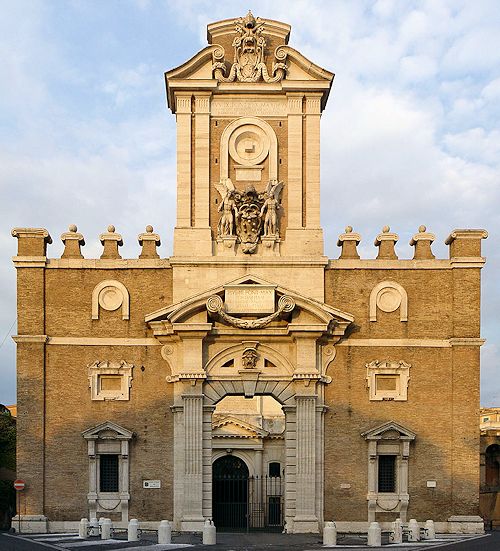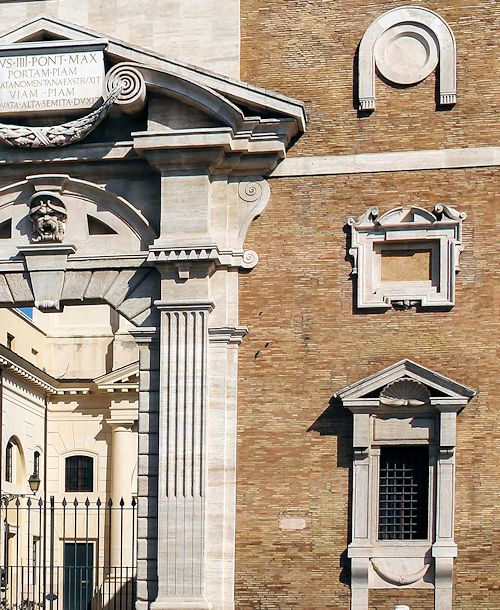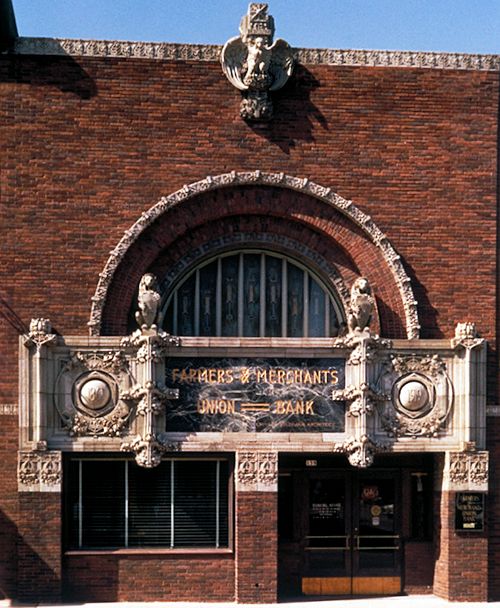history | not an easy book |
|
|
|
There is no inflection in the composition the Villa Lante, but an axis between the two equal pavilions, which focuses on a sculpture placed at a cross-axis, dominates the twin pavilions as a third element, thus emphasizing a whole.
|
But a more ambiguously hierarchical relationship of uninflected parts creates a more difficult perceptual whole. Such a whole is composed of equal combinations of parts. While the idea of equal combinations is related to the phenomenon both-and, and many examples apply to both ideas, both-and refers more specifically to contradiction in architecrure, while equal combinations refer more to unity. With equal combinations the whole does not depend on inflection, or the easier relationships of the dominant binder, or motival consistency. For example, in the Porta Pia the number of each kind of element in the composition of the door and the wall is almost equal--no one element dominates. The varieties of shapes (rectangular, square, triangular, segmental, and round) being almost equal, the predominance of anyone shape is also precluded, and the equal varieties of directions (vertical horizontal diagonal, and curving) have the same effect. There is similarly an equal diversity in the size of the elements. The equal combinations of parts achieve a whole through superimposition and symmetry rather than through dominance and hierarchy.
|
The window above Sullivan's portal in the Merchants' National Bank in Grinnell, Iowa, is almost identical to the Porta Pia in its juxtaposition of an equal number of round, square and diamond-shaped frames of equal size. The diverse combinations of number analyzed in his Columbia Bank facade (groups of elements involving one, two, and three parts) have almost equal value in the composition. However, there the unity is based upon the relation of horizontal layers rather than on superimposition.
|
www.quondam.com/45/4508l.htm | Quondam © 2020.04.19 |




